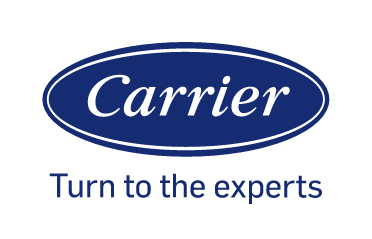Reality bites, this is why relying on specs and speculation doesn't mean anything. Having gone through this process I have a little more know how. I've spend a lot of time on the phone with Tesla engineering and installers engineering sorting out all the issues and options. Frankly it does not surprise me anything I hear when it comes to HVAC and PW. Your hope is that this advertised Tesla energy cap increase will solve your problem. As you can see right now it does not.
The reason it starts is b/c the solar is offsetting what the PW can't support with its ~58-9A cap that is why. It is also why I made the statement I made earlier about having solar in the loop or not to avoid causing confusion. The PV output and day and conditions all make a difference, if your reliance is on solar than you have not designed the system properly as it should work without it if that was your requirement.
In regards to the wiring the HVAC has a longer pull up than PW so it will trip the breaker. Can't compare apples to oranges
---------------- I'm going to repeat this again for others:
Bottom line, if you have an AC requirement, and are being told by the installer it works fine with just 2 PW, you are rolling the dice, be prepared to purchase a 3rd PW.
Lastly you should do your own math and due diligence, the PW is rated at 30A each but realistically it only provides about 28.5-29.5A for inrush startup, assuming you have absolutely no other load (lights, fridge, etc..) which is unrealistic, keep these factors in mind when calculating startup amperage needed without AC before making assumptions how well the soft starter will work and aggregate amperage and what 2 PW will support.
The reason it starts is b/c the solar is offsetting what the PW can't support with its ~58-9A cap that is why. It is also why I made the statement I made earlier about having solar in the loop or not to avoid causing confusion. The PV output and day and conditions all make a difference, if your reliance is on solar than you have not designed the system properly as it should work without it if that was your requirement.
In regards to the wiring the HVAC has a longer pull up than PW so it will trip the breaker. Can't compare apples to oranges
---------------- I'm going to repeat this again for others:
Bottom line, if you have an AC requirement, and are being told by the installer it works fine with just 2 PW, you are rolling the dice, be prepared to purchase a 3rd PW.
Lastly you should do your own math and due diligence, the PW is rated at 30A each but realistically it only provides about 28.5-29.5A for inrush startup, assuming you have absolutely no other load (lights, fridge, etc..) which is unrealistic, keep these factors in mind when calculating startup amperage needed without AC before making assumptions how well the soft starter will work and aggregate amperage and what 2 PW will support.
Last edited:



